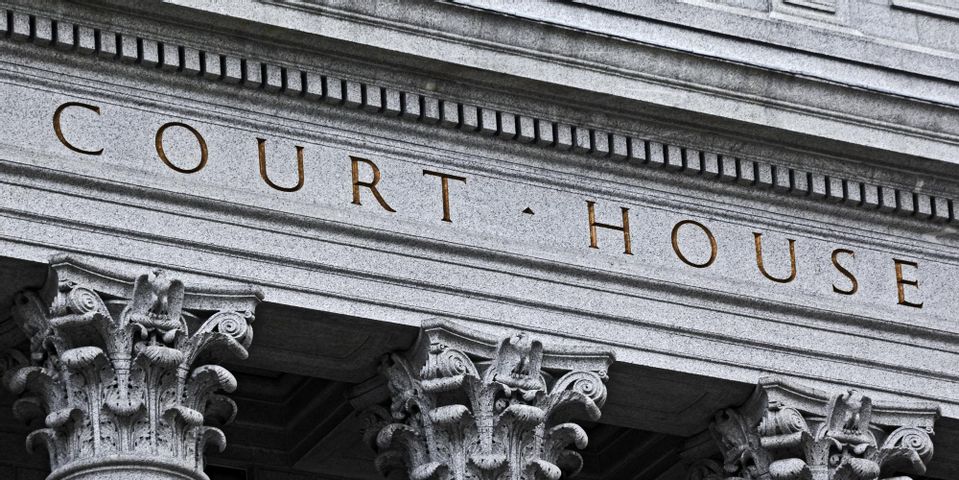
After a person has been accused of a crime and arrested, they will typically be sent to a preliminary hearing. Here, a judge will evaluate several factors related to the case to determine a bail amount. For family members hoping to get their loved one out of jail, the guide below looks at some of what they weigh when determining this figure.
3 Key Factors Used in Setting Bail
1. Posted Schedules
Many jurisdictions have what is known as a “bail schedule” that essentially matches different crimes to a specific amount. More serious crimes will naturally come at a higher cost. However, this figure is typically used as a baseline—not necessarily as a strict rule. The judge will look at specific factors surrounding each individual case before reaching a decision.
2. Criminal Record
 If the accused has a prior criminal record, the judge is more likely to increase the amount due to the individual’s perceived risk to public safety. In some cases, a prior record may be enough to deny bail altogether. For example, individuals who have a history of not showing up to court dates or who have another outstanding warrant may not always be allowed to await trial at home.
If the accused has a prior criminal record, the judge is more likely to increase the amount due to the individual’s perceived risk to public safety. In some cases, a prior record may be enough to deny bail altogether. For example, individuals who have a history of not showing up to court dates or who have another outstanding warrant may not always be allowed to await trial at home.
3. Community Ties
Bail payments are allowed under the assumption that the defendant is not a flight risk or a threat to the community. Because of this, individuals with strong ties to their area, such as those with local relatives, are typically perceived to be less likely to cause problems if released. Judges are more likely to be lenient and lower the bail amount in such instances.
If you need help paying bail, contact Bi-State Bail Bonds in Bowie County, TX. This agency offers 24/7 services so you can get the support you need as soon as possible. To learn more about their payment plans or to speak with a bondsman, visit them online or call (903) 794-2245.
About the Business
Have a question? Ask the experts!
Send your question

